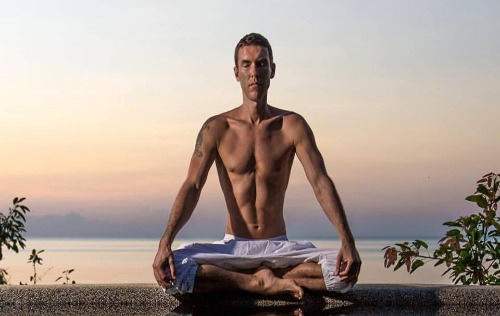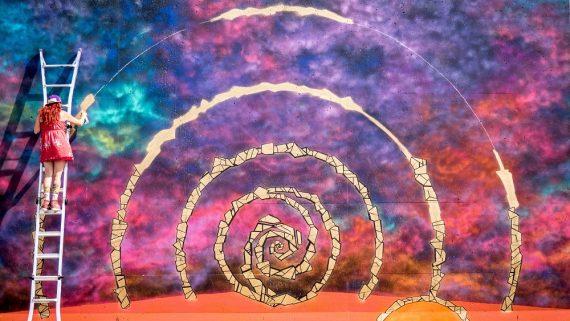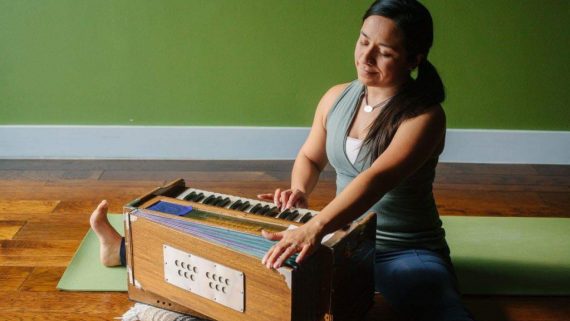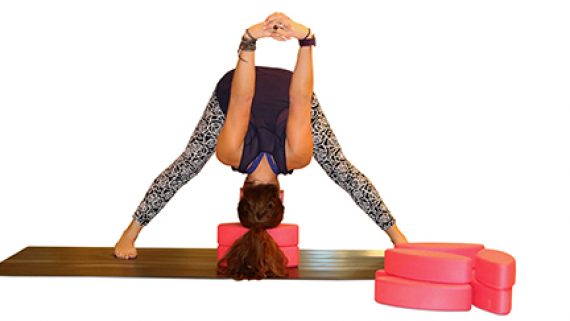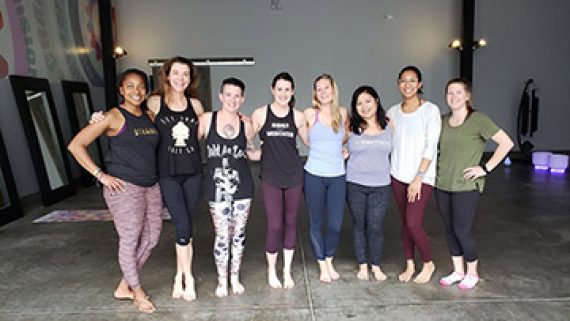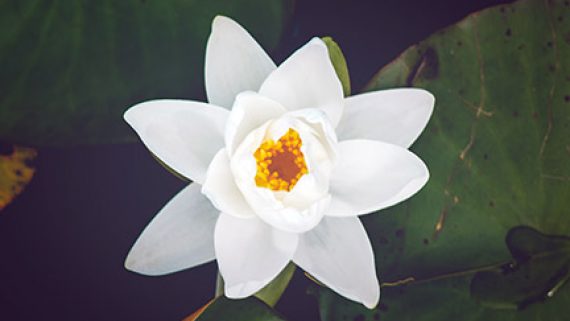What are the3 Main Differences Between Yoga and Fitness
What are the 3 Main Differences Between Yoga and Fitness?
By: Kosta Miachin, Creator of VIKASA Yoga method
Yoga and fitness are often tarnished with the same brush. Gyms now offer a variety of yoga classes, and yoga studios offer practices with hand held weights to help build strength and definition. It can be difficult to distinguish where one ends and another begins. Yoga is no longer seen as a relaxing practice, aimed at improving flexibility and is now widely recognized for its many physical benefits. Depending on your preferred practice, it can help you build strength and muscle in a similar way to calisthenics training. Many yogis can lift their own body weight easily, without ever having trained with weights. However, despite yoga and fitness sharing spaces and both building strength, there are a few main differences between them that must be addressed.
- Presence
One of the main concepts of yoga is to be in the present moment. The whole purpose of a yoga practice is to quiet our minds through breath and movement, so by the end of the class we are existing wholly in the here and now. Whereas fitness is about achieving goals and working on the external, yoga is much more concerned with our internal landscapes. In the present moment lie an abundance of unexplored ideas, visions and possibilities. By lessening the chatter in the mind, yoga helps us to uncover these possibilities, giving us the mental space to develop them further.
In our busy everyday lives, we often allow life to pass us by. With technological overloads, and busy mental chatter, we pay little attention to the present moment. Yoga teaches us to experience what is happening around us. Through paying a little more attention to the present moment, we can learn to find beauty in even the smallest, most simple things in life. This is the true aim of yoga. To gift us a purposeful and meaningful life by putting us in touch with our surroundings, through breath, movement, touch and play.

- Breath
Another aspect of a yoga practice that sets it apart from fitness is the use of the breath. The breath is our most powerful tool in yoga, and many yoga teachers claim that if you aren’t breathing properly, it does not matter how strong your poses are, you are simply not doing yoga. The purpose of the breath in a yoga practice is to give the mind something to focus on. By tuning into and exaggerating the inhales and the exhales, we can focus our mind and create an inner fire, cleansing the body from the inside out.
Although often overlooked, our breath is the most fundamental part of our human existence. Without it we would survive little more than a few minutes. Asthma, panic attacks and hyperventilation show us the connection of our breath to our wellbeing. Through yoga we can learn to control the breath, giving us greater agency over our emotional reactions.
- Conscious Enquiry
A good yoga teacher will encourage their students to engage in conscious enquiry. This means learning to explore your thoughts and feelings, discovering your habitual thought patterns and further understanding the workings of your mind. Beyond this, yoga makes us question the very essence of our existence. For example, why we are the way we are, and even our own understanding of who we are. Learning to consciously question and reflect on our own lives leads to an ever developing way of being. Put simply, through yoga we can constantly redefine and work on ourselves, both externally and internally.
One great way to start conscious enquiry is to draw an image of the mask you wear everyday. Write a list of its pros and cons, and when and why you first put it on. This kind of exercise gives us a strong insight into why and how we portray ourselves in the world. Through learning about ourselves in this way, we realise that who we are is a conscious choice that we can make everyday. We can chose to be the most loving and vibrant version of ourselves, welcoming all thoughts, feelings and emotions with an open heart and mind, listening to each one with the intention to learn more about ourselves.
‘Yoga’ and ‘Fitness’ are both board terms that deserve in-depth understanding and exploration. Even within each yoga or fitness discipline, there is a wide range of similarities and differences that can group them together or pull them apart. Exploring each of them equally and finding what combination works best for you, mind, body and soul, is important. No one is better than the other, as long as it helps you to become a kinder, more loving and well rounded individual. Our bodies are a reflection of our minds and vice versa. Through combining external and internal practices, we give ourselves the gift of a deeply philosophical workout – benefitting the mind, the body and the soul.
About the Author:
Kosta Miachin is the creator of VIKASA Yoga method – a unique, challenging and effective approach to yoga. He is also the found of VIKASA Yoga Academy. You can find him online: www.VikasaYoga.com

